Articles > Geography
Know your German cities? Enough to take on Germany Largest Cities or the Germany City Population Coverage quizzes? Here are the top 25 to start you off.
Berlin

Population: 3,596,999
Berlin, the capital of Germany, is a vibrant metropolis known for its art, history, and diverse culture. From the Brandenburg Gate to the Berlin Wall remnants, the city carries marks of both a turbulent and triumphant history. Modern Berlin is a hub for technology startups, artists, and entrepreneurs from around the world.
Interesting Fact:
Berlin has more bridges than Venice, with around 1,700 scattered across the city.
Hamburg

Population: 1,808,846
Hamburg, Germany’s second-largest city, is famous for its port, one of the largest in Europe. Known as the “Gateway to the World,” Hamburg is a key player in international trade. The city’s maritime charm is evident in the Speicherstadt, a historic warehouse district, and the Elbphilharmonie concert hall, which reflects modern Hamburg’s artistic flair.
Interesting Fact:
Hamburg has more canals than Amsterdam and Venice combined.
Munich
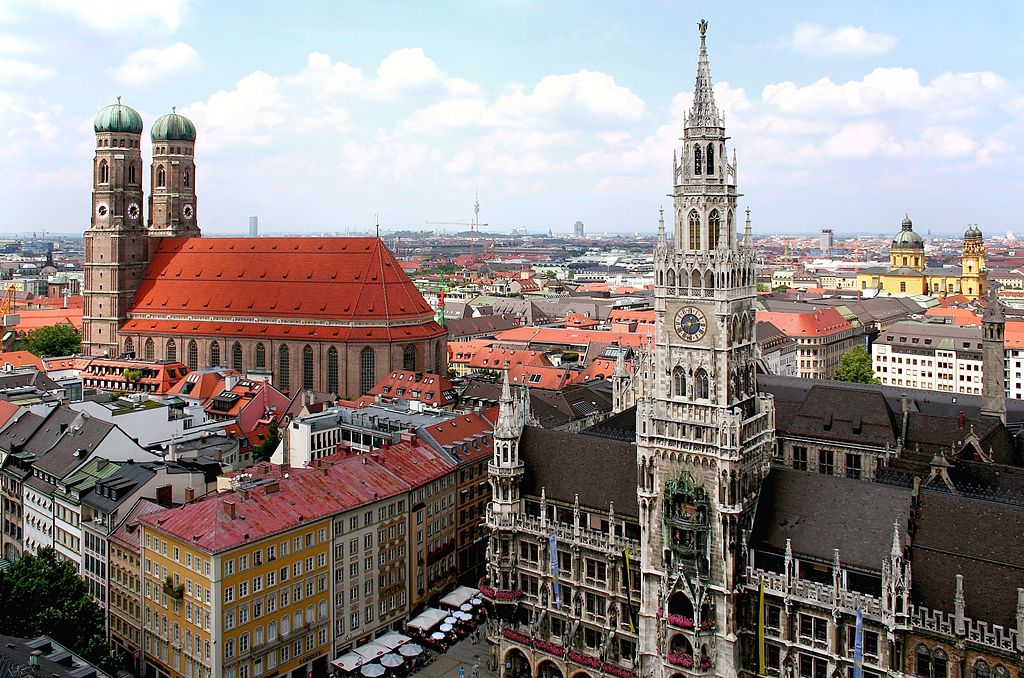
Population: 1,478,638
Munich, the capital of Bavaria, is renowned for its beer gardens, including the famous Hofbräuhaus, and the annual Oktoberfest. The city combines Bavarian traditions with modern technology, being home to global companies like BMW and Siemens. Munich is also rich in art, with museums such as the Alte Pinakothek and the Deutsches Museum.
Interesting Fact:
Munich’s Oktoberfest is the largest beer festival in the world, attracting over six million visitors annually.
Cologne
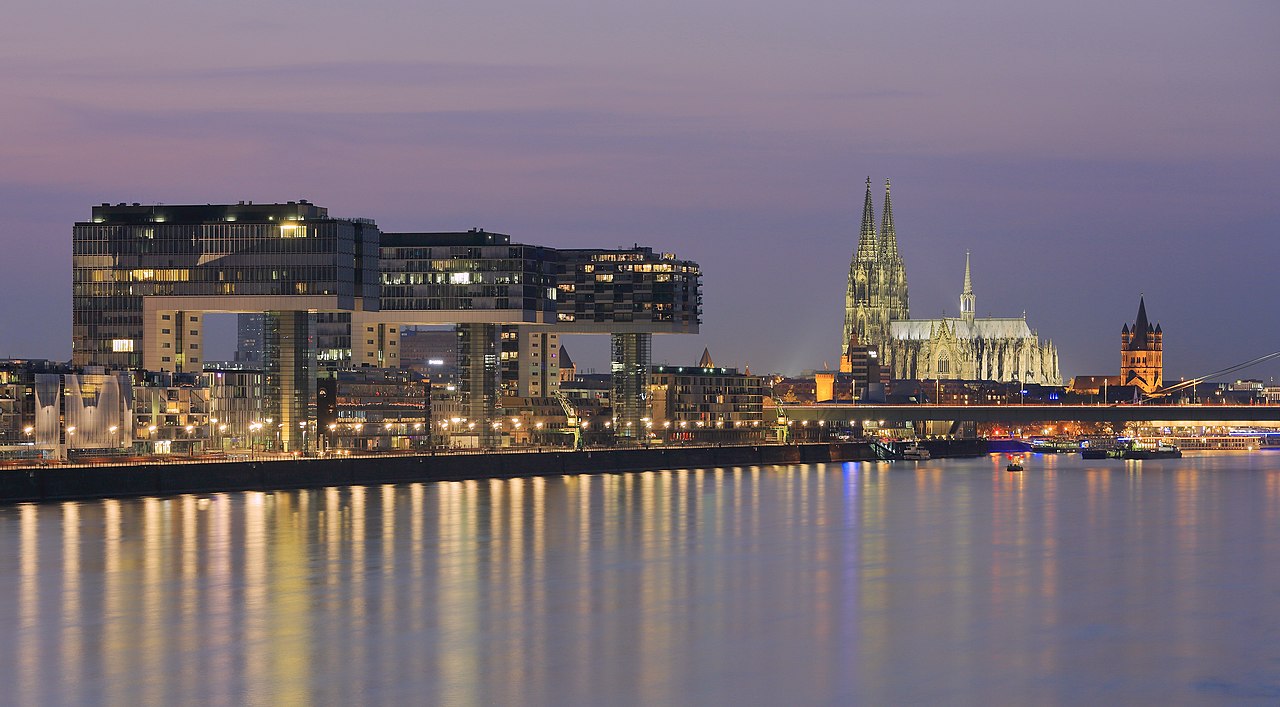
Population: 1,017,355
Cologne, located on the Rhine River, is best known for its impressive Gothic cathedral, the Kölner Dom, a UNESCO World Heritage site and the tallest twin-spired church in the world. This lively city is also famous for its Karneval celebrations, as well as its art scene, with numerous galleries and museums like the Museum Ludwig.
Interesting Fact:
Cologne is known as the birthplace of Eau de Cologne, the famous perfume dating back to 1709.
Frankfurt am Main
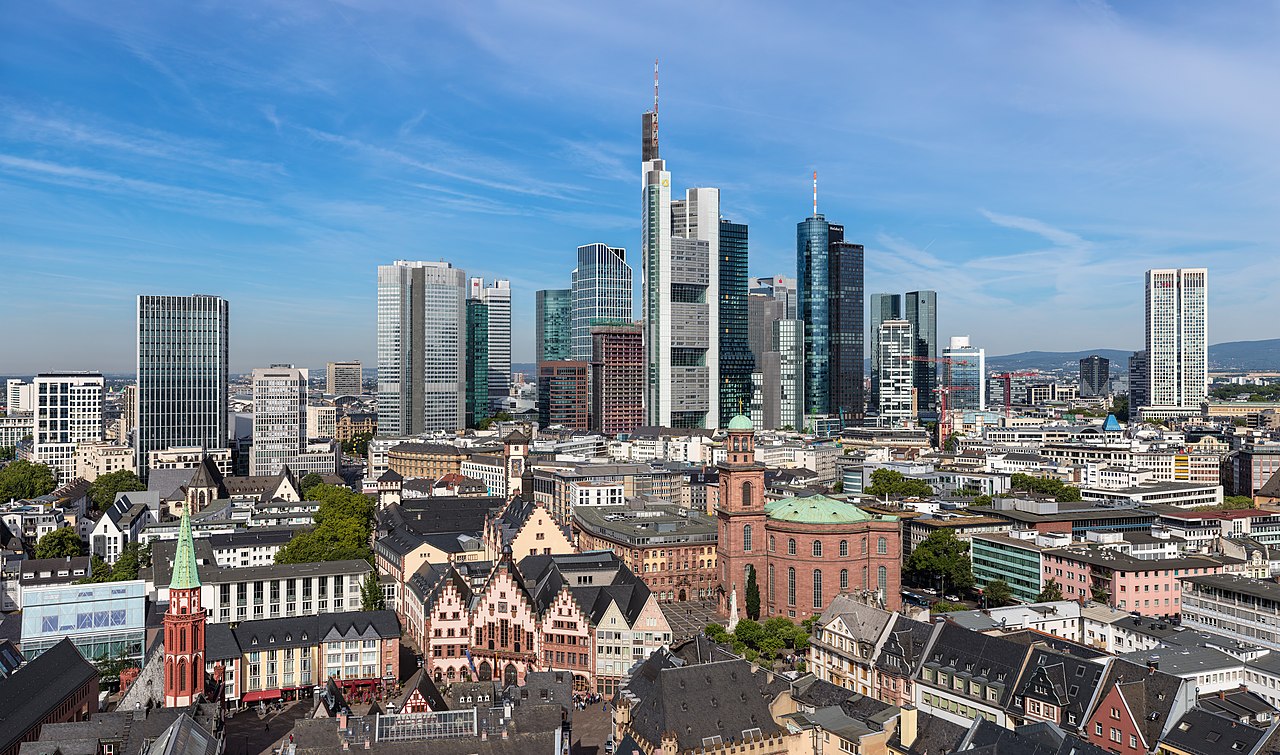
Population: 743,268
Frankfurt is a global financial center, often called “Mainhattan” for its impressive skyline along the Main River. Home to the European Central Bank, Frankfurt Stock Exchange, and numerous financial institutions, it is also a major transport hub with Germany’s busiest airport. The city blends modern skyscrapers with traditional sites like the Römer and St. Bartholomew’s Cathedral.
Interesting Fact:
Frankfurt hosts one of the world’s largest book fairs, the Frankfurt Book Fair, which dates back to 1454.
Düsseldorf

Population: 611,258
Düsseldorf is known for its fashion and trade fairs, making it a major business and financial center in Germany. The city’s Altstadt, or Old Town, is affectionately called “the longest bar in the world” due to its high concentration of bars. Düsseldorf is also famous for its art scene, hosting world-renowned institutions like the Kunstsammlung Nordrhein-Westfalen.
Interesting Fact:
Düsseldorf has an iconic rivalry with neighboring Cologne, particularly regarding their respective regional beers, Altbier and Kölsch.
Stuttgart
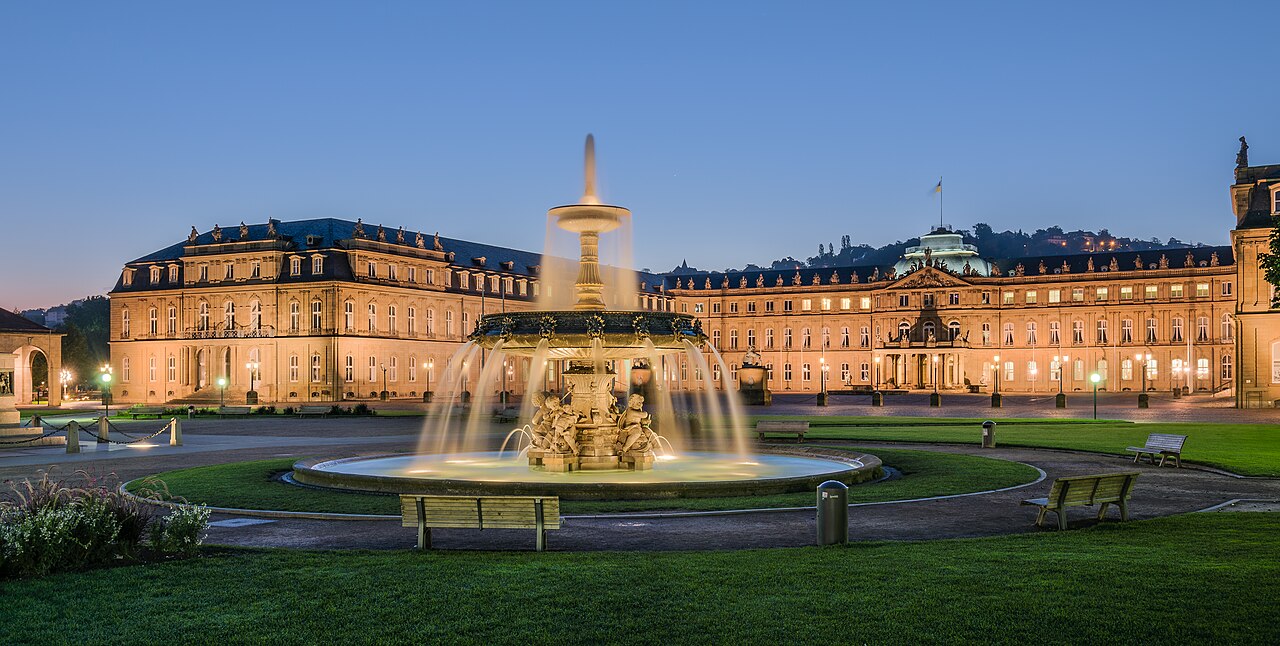
Population: 610,458
Stuttgart, located in a valley surrounded by vineyards, is known for its automotive industry as the headquarters of Mercedes-Benz and Porsche. This Swabian city is also rich in cultural sites, such as the Stuttgart State Theatre and the State Gallery. Stuttgart is one of Germany’s greenest cities, with numerous parks and green spaces like the Schlossgarten.
Interesting Fact:
Stuttgart hosts the world’s second-largest Spring festival, Frühlingsfest, attracting thousands each year.
Leipzig
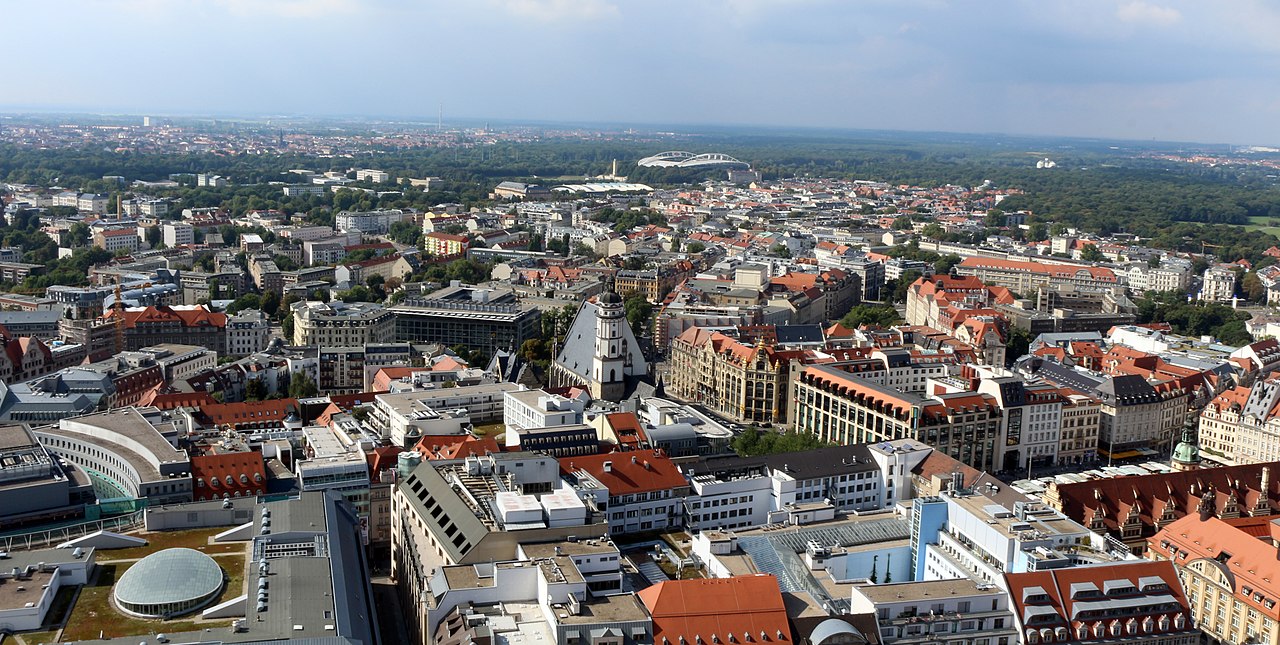
Population: 598,899
Leipzig, a historical trade city, has become a hub for culture, arts, and education. Known for its rich musical heritage, it was home to composers like Bach and Mendelssohn. Leipzig’s transformation from an East German industrial city to a vibrant urban center has led to a growing economy and population.
Interesting Fact:
Leipzig’s Nikolaikirche was central to the peaceful protests that led to the fall of the Berlin Wall in 1989.
Dortmund
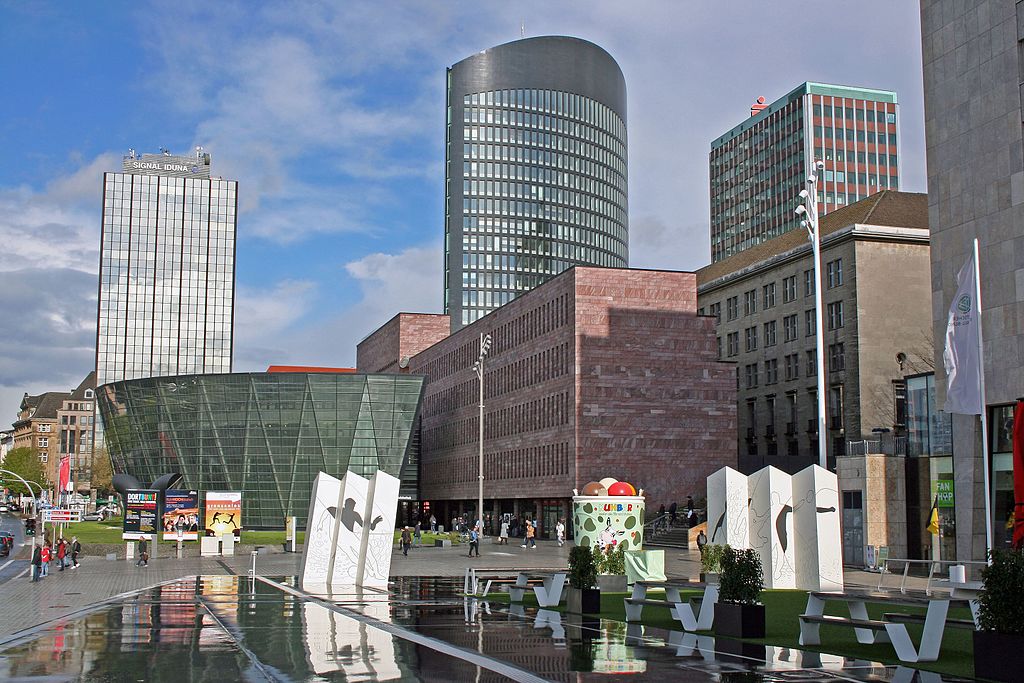
Population: 598,246
Dortmund, traditionally known for its steel and coal industries, has reinvented itself as a technology and services hub. Football is at the heart of Dortmund’s culture, with Borussia Dortmund being one of Germany’s top teams. The city is also known for Westfalenpark and the Dortmunder U, a former brewery-turned-cultural center.
Interesting Fact:
Dortmund is home to the largest Christmas tree in the world, standing at over 45 meters tall.
Bremen
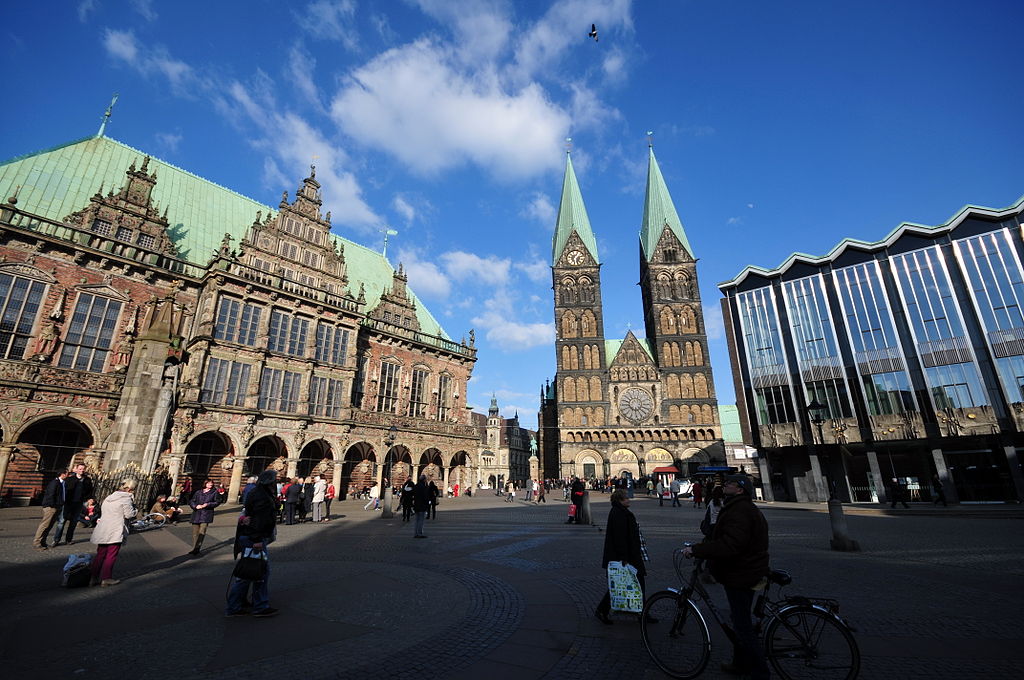
Population: 575,071
Bremen, a city with a rich maritime history, is part of the smallest federal state in Germany. Its historical market square and the UNESCO-listed Bremen Town Hall and Roland statue reflect its Hanseatic League heritage. The Bremen Town Musicians, a fairy tale by the Brothers Grimm, is celebrated with a statue near the town hall.
Interesting Fact:
Bremen’s Schnoor district is the oldest area in the city, with buildings dating back to the 15th century.
Essen
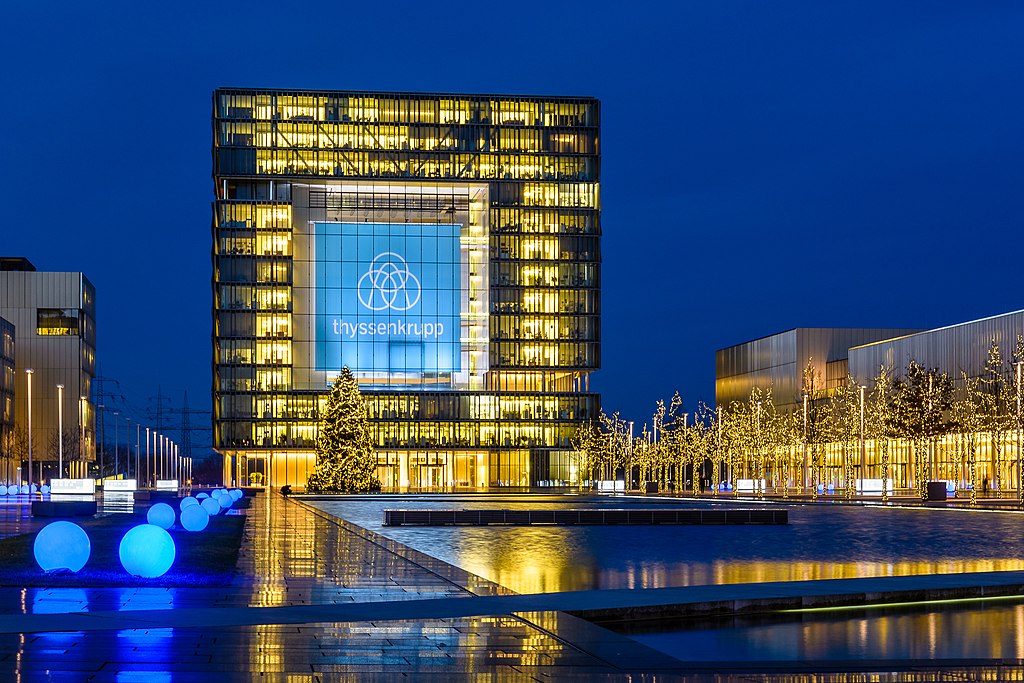
Population: 571,039
Essen, located in the Ruhr region, was historically a center for coal and steel production and has transitioned into a cultural and economic hub. Essen hosts the headquarters of several major German companies, including RWE and E.ON. The city is known for the Zollverein Coal Mine Industrial Complex, a UNESCO World Heritage site that reflects its industrial heritage.
Interesting Fact:
Essen was named the European Green Capital in 2017 due to its transformation from an industrial area to a green city.
Dresden

Population: 557,782
Dresden, situated on the Elbe River, is known for its stunning Baroque architecture and rich cultural heritage. The city, once referred to as the “Florence on the Elbe,” is home to landmarks like the Frauenkirche, Zwinger Palace, and the Semper Opera House. Dresden’s rebuilding after WWII has restored much of its architectural beauty.
Interesting Fact:
Dresden’s Green Vault holds one of the largest collections of treasures in Europe.
Nuremberg
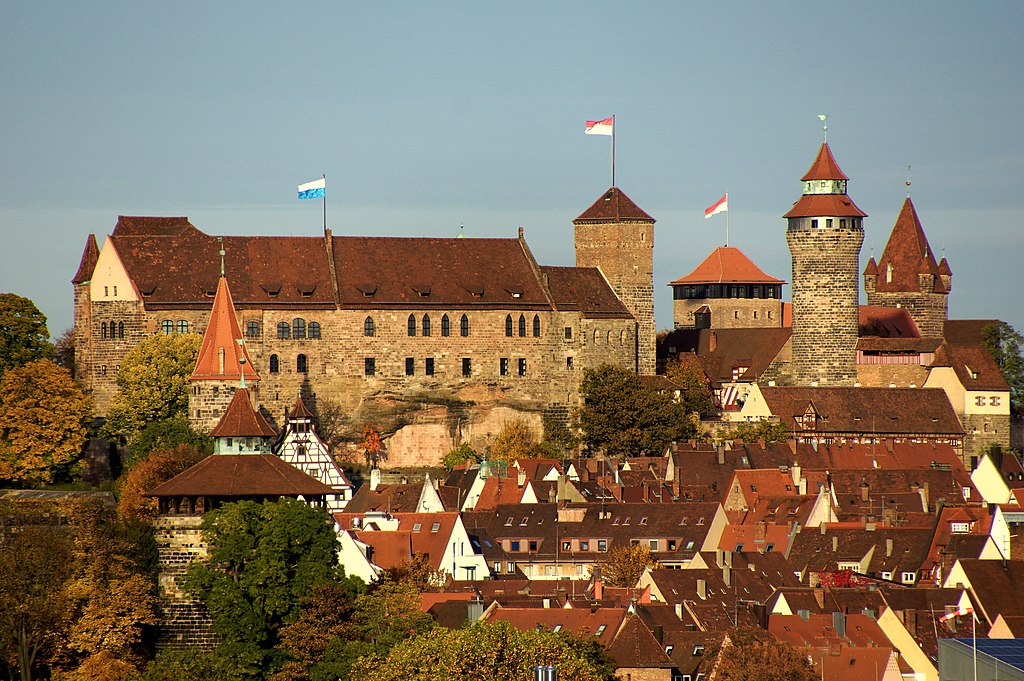
Population: 522,554
Nuremberg, a city rich in history, was a key site for the Holy Roman Empire and later the Nazi war crime trials. The city is known for its medieval architecture, especially the Nuremberg Castle and old town. Nuremberg’s annual Christmas market, Christkindlesmarkt, is one of the oldest and most famous in Germany.
Interesting Fact:
Nuremberg is famous for its unique Nürnberger sausages, which are protected by EU law.
Hanover

Population: 513,291
Hanover is known for hosting some of the world’s largest trade fairs, such as Hannover Messe and CeBIT. The city has expansive green spaces, including the Herrenhausen Gardens, one of Europe’s most impressive baroque gardens. Hanover’s mix of historical architecture and modern amenities makes it a cultural and commercial center.
Interesting Fact:
Hanover is the only major city in Germany with a museum solely dedicated to caricatures and comics, the Wilhelm Busch Museum.
Duisburg
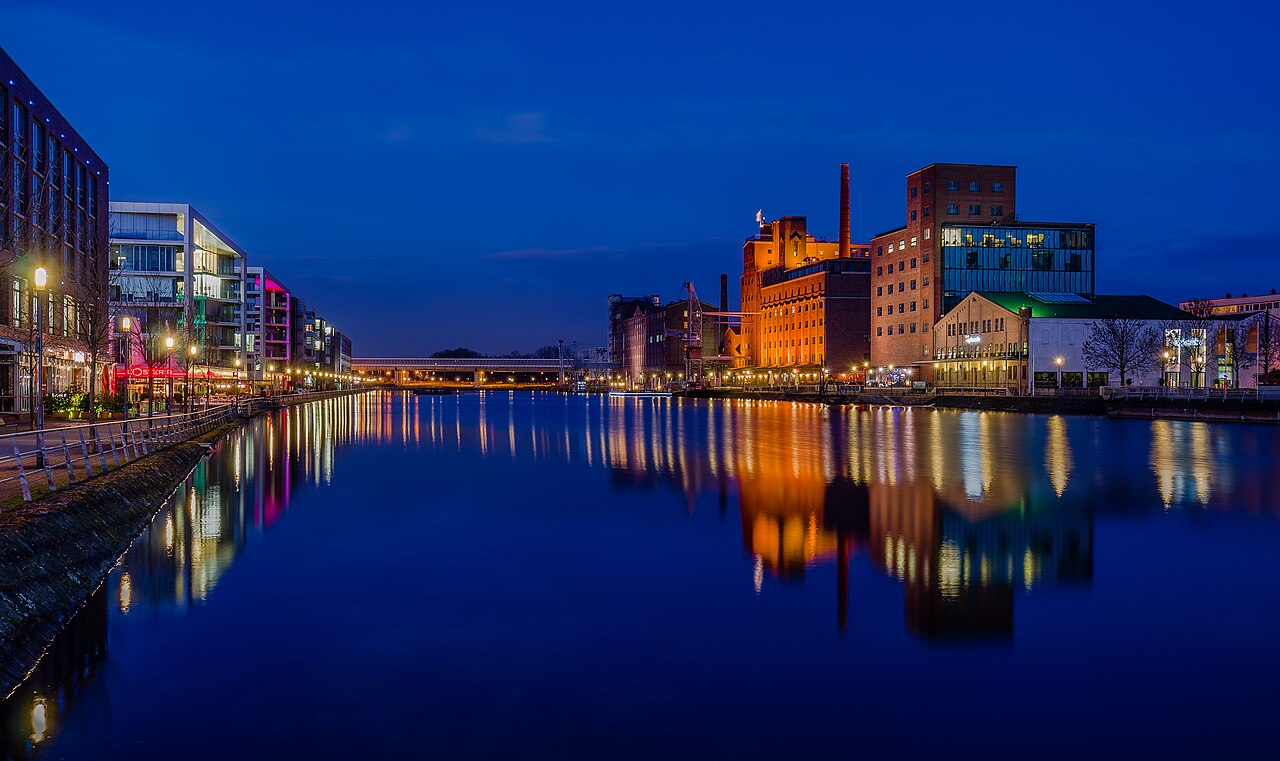
Population: 501,415
Duisburg, located at the confluence of the Rhine and Ruhr rivers, has the world’s largest inland port, crucial for European trade. The city has a strong industrial heritage, particularly in steel production. Duisburg has redeveloped industrial sites into cultural venues, such as Landschaftspark Duisburg-Nord, a former ironworks now a popular park.
Interesting Fact:
Duisburg’s Landschaftspark features a scuba diving pool inside an old gasometer.
Wuppertal
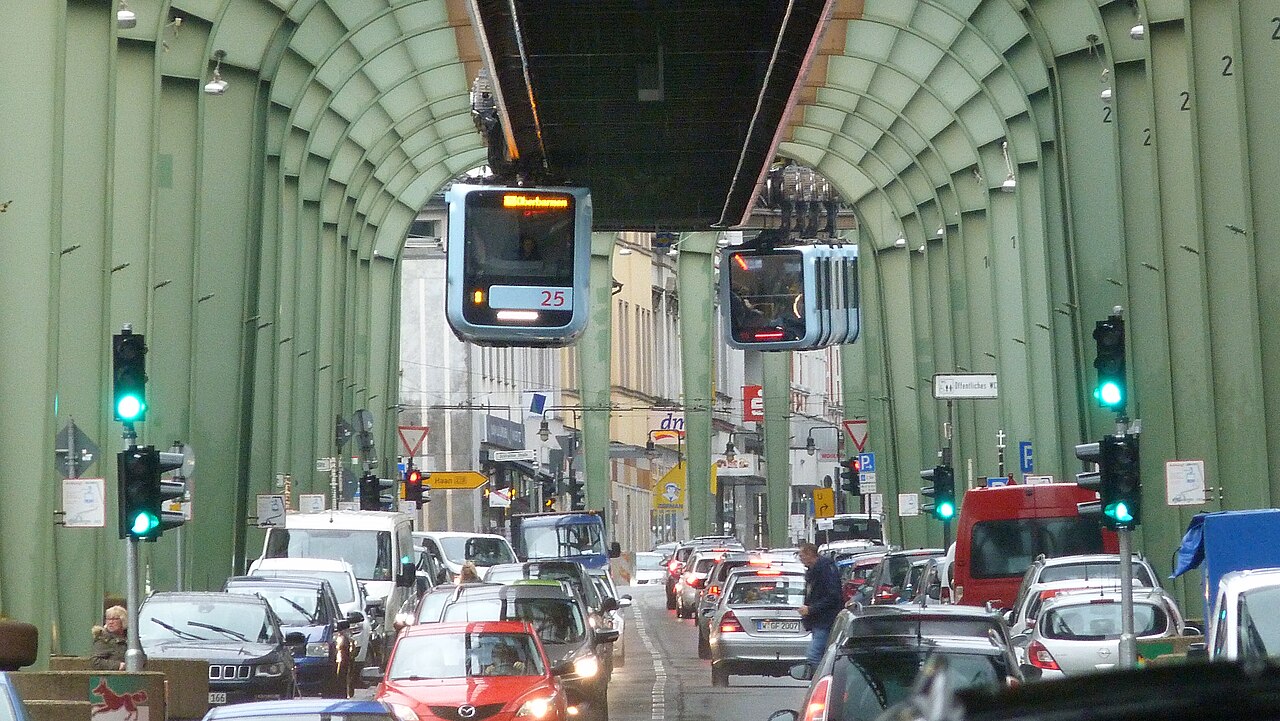
Population: 356,768
Wuppertal, situated in a hilly landscape, is famous for its suspension railway, the Wuppertal Schwebebahn, which runs above the Wupper River. Known as Germany’s “green city,” over a third of Wuppertal is covered by forests and parks. The city is also known for its contributions to the arts, hosting renowned theaters and museums.
Interesting Fact:
The Wuppertal Schwebebahn is one of the oldest monorails in the world, opening in 1901.
Bochum
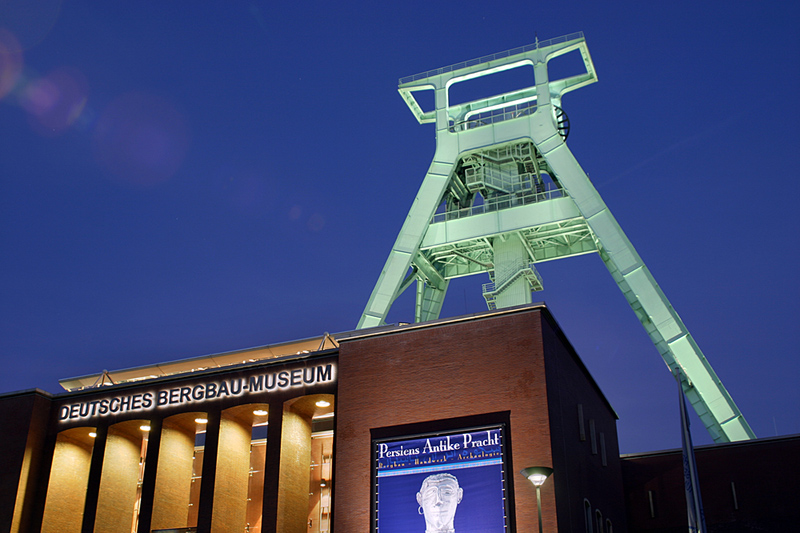
Population: 354,288
Bochum, located in the Ruhr region, has transitioned from a coal mining city to a cultural center. It is home to Germany’s Mining Museum and has a vibrant arts scene. The city’s annual Bochum Total festival is one of the largest music festivals in Europe. Bochum’s history is showcased in its restored industrial sites.
Interesting Fact:
Bochum houses the world’s largest mining museum, offering visitors an underground mine experience.
Bielefeld
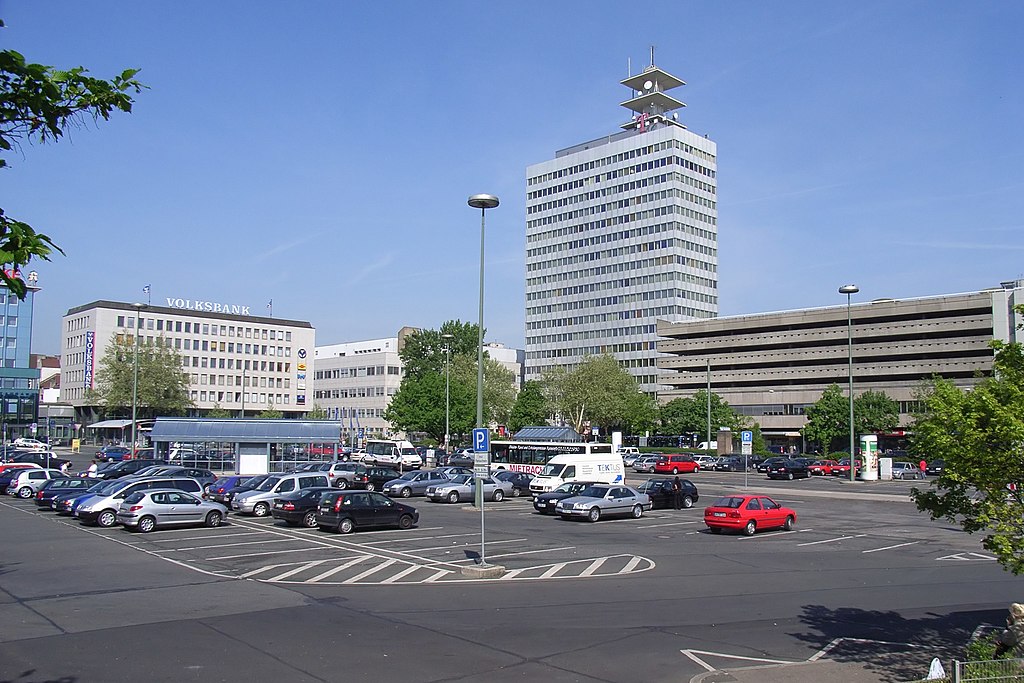
Population: 330,072
Bielefeld, known for its university and thriving technology industry, is surrounded by the Teutoburg Forest, making it a popular destination for outdoor activities. Sparrenburg Castle, a medieval fortress overlooking the city, is a major attraction. Bielefeld is also known for its strong entrepreneurial spirit and economic growth.
Interesting Fact:
Bielefeld is central to the “Bielefeld Conspiracy,” a humorous urban legend that claims the city doesn’t actually exist.
Bonn
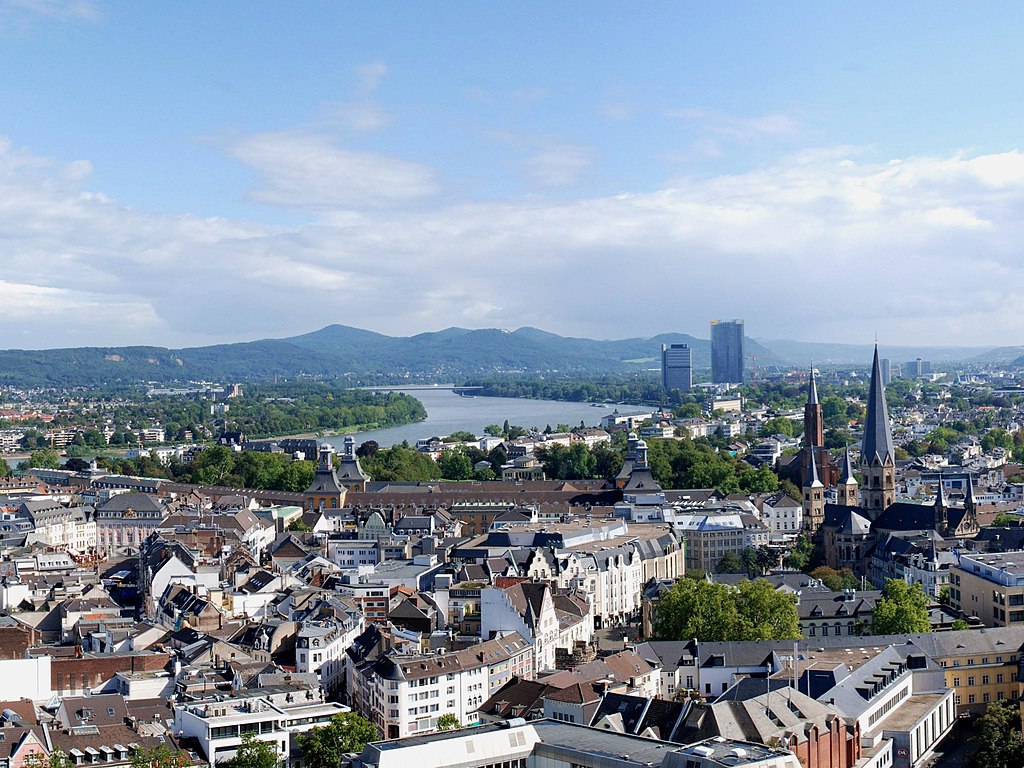
Population: 321,544
Bonn, the birthplace of Beethoven, was Germany’s capital from 1949 to 1990. Today, it serves as a center for international cooperation, hosting numerous UN agencies. Bonn’s cultural legacy is celebrated in the Beethoven House and the Museum Mile, which includes several prominent museums.
Interesting Fact:
Bonn has one of Germany’s longest cherry blossom streets, which attracts many visitors in spring.
Mannheim

Population: 313,693
Mannheim is known for its unique grid layout, earning it the nickname “The City of Squares.” Located where the Rhine and Neckar rivers meet, Mannheim is an important industrial and academic center. The city is home to major companies and is known for its contributions to the automobile and bicycle industries.
Interesting Fact:
Mannheim was the birthplace of the first automobile, invented by Karl Benz in 1885.
Karlsruhe
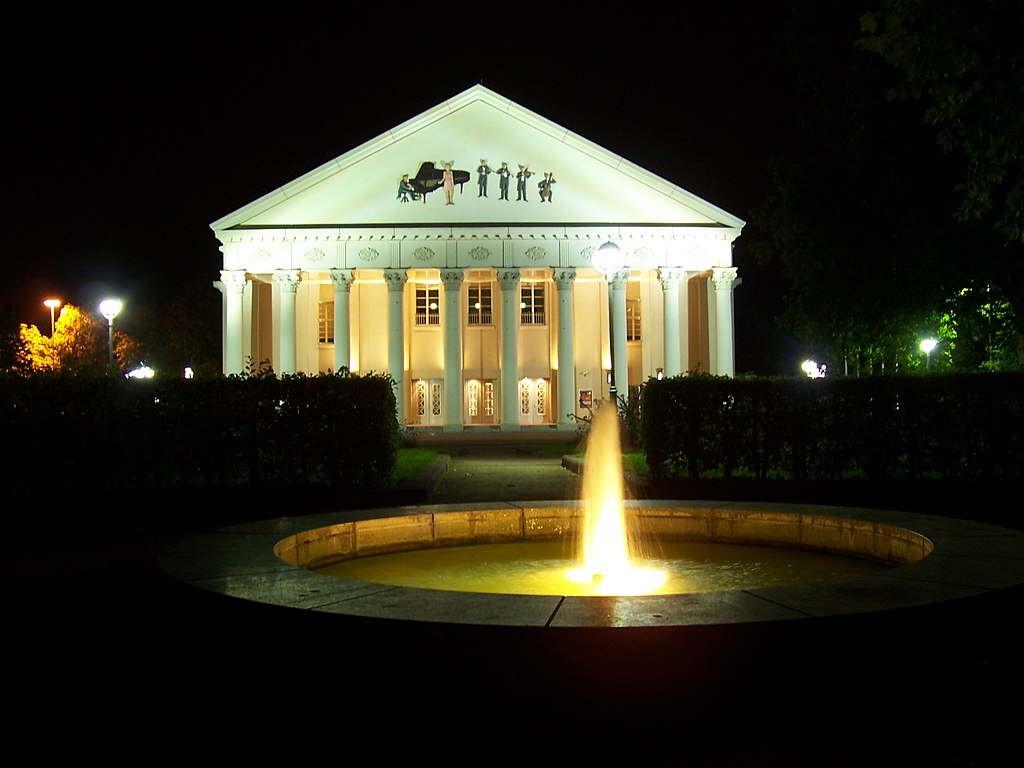
Population: 305,408
Karlsruhe, known for its fan-shaped layout centered around the Karlsruhe Palace, is a center for law and technology. It houses Germany’s Federal Court of Justice and the Federal Constitutional Court. The city’s innovative spirit is reflected in its thriving tech industry and research institutions.
Interesting Fact:
Karlsruhe’s radial city design is said to have inspired Washington, D.C.’s layout.
Münster
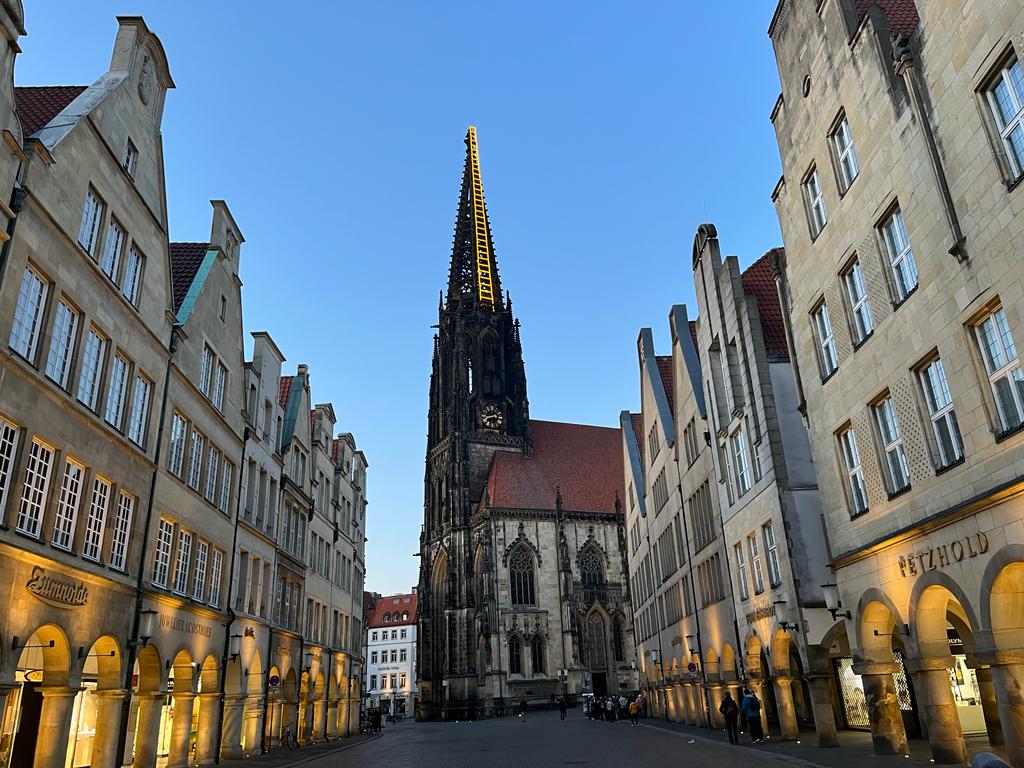
Population: 303,772
Münster is a historic university city with a significant cycling culture. Known for its beautiful medieval architecture, it is home to the historic Prinzipalmarkt and the 13th-century St. Paulus Cathedral. Münster’s Altstadt, or old town, was carefully reconstructed after WWII.
Interesting Fact:
Münster has more bicycles than residents, with an estimated 500,000 bikes.
Augsburg

Population: 294,647
Augsburg, one of Germany’s oldest cities, was founded by the Romans in 15 BCE. Known for its Renaissance architecture, Augsburg is home to the Fuggerei, the world’s oldest social housing complex, and the Augsburg Town Hall. The city’s history is closely linked with the wealthy Fugger family of merchants.
Interesting Fact:
The Fuggerei housing complex has been continuously inhabited since 1521.
Wiesbaden
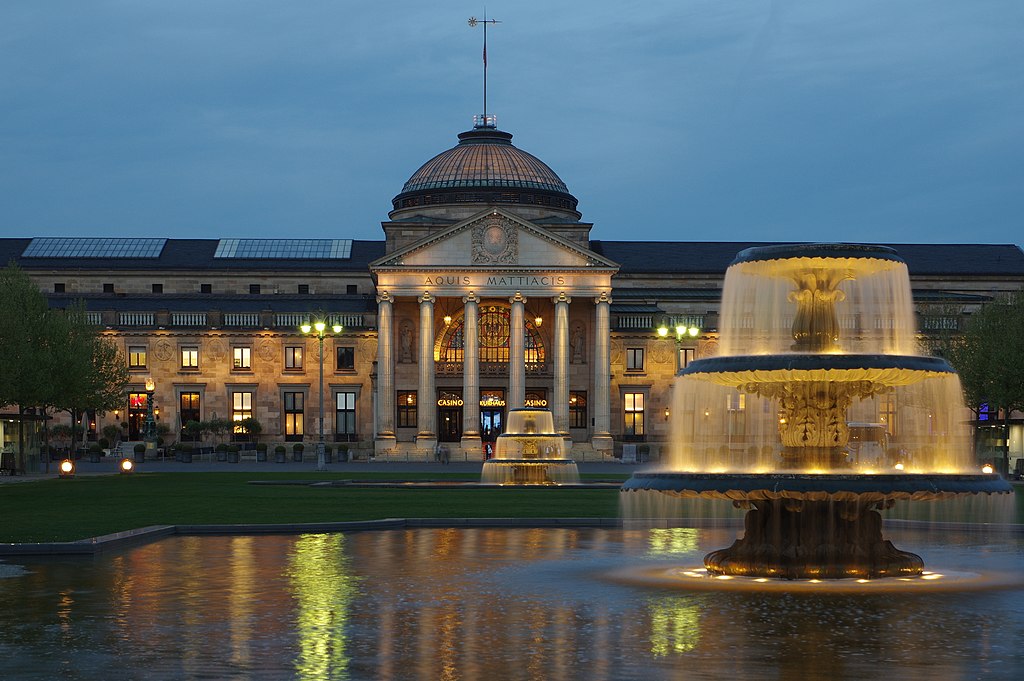
Population: 278,474
Wiesbaden, one of Europe’s oldest spa towns, is renowned for its natural hot springs and elegant architecture. The city’s Neoclassical and Art Nouveau buildings reflect its status as a 19th-century retreat. Wiesbaden is the capital of Hesse and serves as a gateway to the scenic Rheingau wine region.
Interesting Fact:
Wiesbaden has 26 thermal springs that have been used since Roman times.




